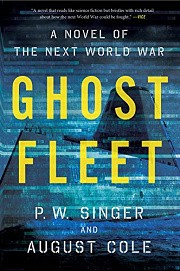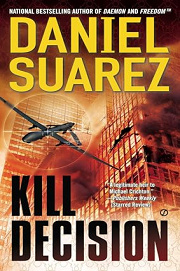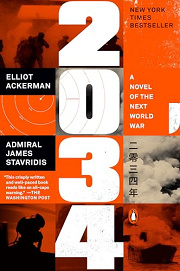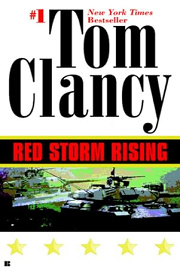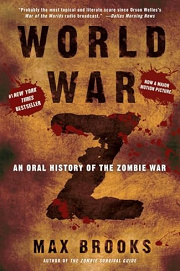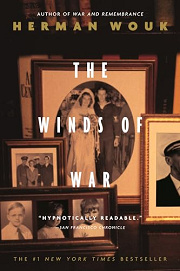Share your thoughts in a quick Shelf Talk!
Ghost Fleet by P.W. Singer and August Cole
A near-future conflict ignites across sea, space, and cyberspace as superpowers clash with cutting-edge weapons and fragile alliances. From cockpit dogfights to hacker battlegrounds, every move could tip the balance. Ghost Fleet is a propulsive techno-thriller that imagines tomorrow’s war with chilling, cinematic clarity.
Have you read this book? Share what you liked (or didn’t), and we’ll use your answers to recommend your next favorite read!
Love Ghost Fleet but not sure what to read next?
These picks are popular with readers who enjoyed this book. Complete a quick Shelf Talk to get recommendations made just for you! Warning: possible spoilers for Ghost Fleet below.
In Ghost Fleet, did you enjoy ...
... rigorously researched autonomous-weapons and EW detail?
Kill Decision by Daniel Suarez
If what gripped you in Ghost Fleet was the nuts-and-bolts realism—the supply‑chain backdoors, the anti‑satellite blindsiding, the way small tech edges flip entire battles—then Kill Decision will hit that same nerve. Suarez builds a near‑future conflict around swarming autonomous drones, pairing myrmecologist Dr. Linda McKinney with a black‑ops operator to chase the science and countermeasures behind self‑organizing killer swarms. The book nerds out on ISR, spectrum dominance, and counter‑UAS tactics with the same credible, declassified‑feeling detail that made the “Ghost Fleet” activation and Pacific engagements feel terrifyingly plausible.
... great‑power brinkmanship and the chain of decisions from cockpit to Situation Room?
2034 by Elliot Ackerman and Admiral James Stavridis
You liked how Ghost Fleet blended front‑line fights with back‑room strategy—the ASAT shock, the Silicon Valley hacks, and the race to regain sea control—so 2034 is a natural next step. It opens with a South China Sea confrontation and spirals into a U.S.–China war seen from Navy bridges, fighter cockpits, and White House corridors. Commodore Sarah Hunt’s tactical calls under electronic blackout echo the crisis tempo you enjoyed, while parallel political moves—cyber feints, diplomatic signaling, and nuclear thresholds—deliver the same high‑stakes geopolitical chess.
... a globe-spanning conventional war fought across sea, air, land, and the North Atlantic convoys?
Red Storm Rising by Tom Clancy
If the sheer reach of Ghost Fleet—from space knockouts to Pacific island battles and that reserve‑fleet comeback—was your jam, Red Storm Rising delivers an even broader canvas. You’ll ride along through the Soviet seizure of Iceland, brutal convoy battles in the North Atlantic, and air campaigns that decide supply lines and sovereignty. It’s the same “every theater matters” energy, rendered with meticulous ops detail and the sense that a single missile shot or SIGINT intercept can pivot an entire war.
... after-action reports, briefings, and in-world documents that make the war feel real?
World War Z by Max Brooks
Part of Ghost Fleet’s punch comes from its memos, tech briefs, and embedded ‘from the field’ fragments that sell the reality of a near‑future war. World War Z goes all‑in on that approach, told through oral histories and debriefs—from the disaster at the Battle of Yonkers to the Redeker Plan and the Arctic campaigns. Different theaters, different uniforms, one global fight: that same dossier‑like authenticity creates the feeling you’re reading the classified record of how the world almost lost—and then fought back.
... a panoramic, many-POV march to world war across uniforms, capitals, and living rooms?
The Winds of War by Herman Wouk
If you were drawn to Ghost Fleet’s broad cast—from sailors reactivating mothballed hulls to cyber operators and policymakers steering the response—you’ll appreciate the sweeping ensemble in The Winds of War. It tracks military officers, diplomats, and families as the world slides into WWII, cutting between front lines and decision rooms much like those split perspectives in the Pacific campaign and Washington briefings you enjoyed. Different conflict, same immersive tapestry of people whose choices shape a global war.
Unlock your personalized book recommendations! Just take a quick Shelf Talk for Ghost Fleet by P.W. Singer and August Cole. It’s only a few questions and takes less than a minute.
